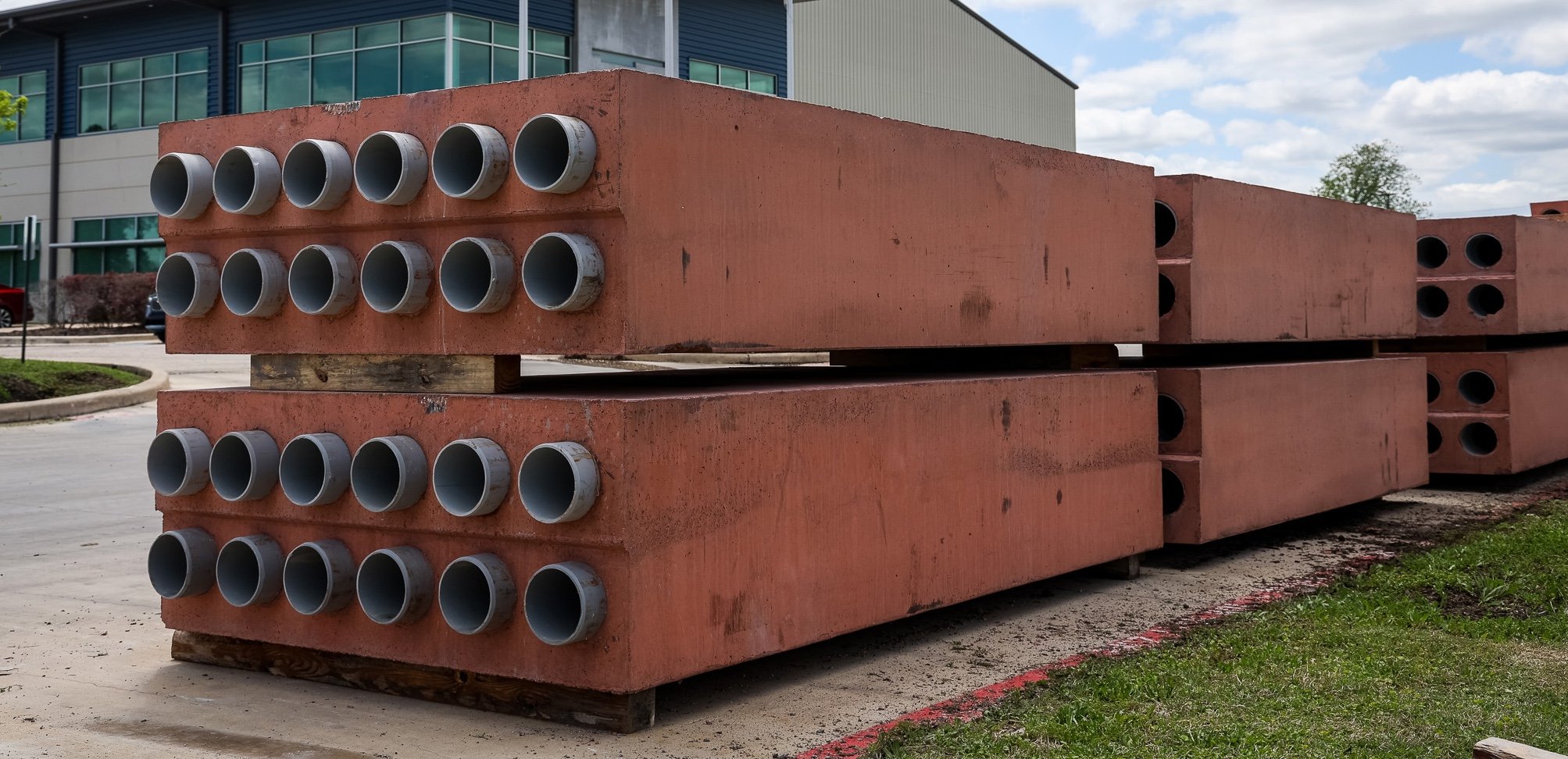Demystifying What Is A Duct Bank: A Detailed Explanation

A duct bank serves as a vital underground infrastructure for housing various utility lines safely. Comprising multiple conduits bound together, a duct bank offers organized routing for electrical, telecommunication, or other cables. Buried beneath sidewalks or roads, these structures ensure efficient distribution and protection of essential services. What is a duct bank, you may ponder? Simply put, it’s a network that keeps our modern world connected seamlessly, hidden beneath our feet yet playing a crucial role in our daily lives. Let’s delve deeper into the world beneath our pavements and explore the significance of duct banks.
What is a Duct Bank?
Have you ever seen those lines of underground pipes running beneath the streets or around buildings? Those are not just ordinary pipes; they are part of a system known as a duct bank. In this article, we will explore what a duct bank is, how it works, and why it is an essential component of modern infrastructure.
Understanding the Basics
Let’s start by breaking down what a duct bank actually is. A duct bank is a collection of ducts or conduits bundled together to house and protect electrical cables, telecommunication lines, or other types of utility lines. These ducts are typically made of materials like PVC, concrete, or metal and are buried underground for safety and organization.
The Purpose of a Duct Bank
So, why do we need duct banks in the first place? Well, imagine if all the cables and wires that power our homes, businesses, and cities were just lying exposed on the ground. It would be chaotic, dangerous, and prone to damage from various environmental factors.
By using a duct bank, we can neatly organize and protect these vital lines, keeping them safe from water, soil, rocks, and other elements that could harm them. Duct banks also make it easier to access and repair cables when needed, reducing downtime and maintenance costs.
Components of a Duct Bank
A typical duct bank consists of several key components that work together to create a reliable underground infrastructure. Let’s take a closer look at some of these components:
1. Ducts or Conduits
The primary purpose of a duct bank is to provide a protective housing for cables and wires. Ducts or conduits are the hollow tubes where these lines are placed. They come in various sizes and materials depending on the types of cables they will contain.
2. Spacers and Supports
To maintain spacing and support for the ducts within the bank, spacers and supports are used. These help prevent the cables from getting tangled or damaged and ensure proper ventilation and drainage within the duct bank.
3. Warning Tapes and Markers
For added safety, warning tapes and markers are often installed above the duct bank to indicate the presence of buried utilities below. This helps prevent accidental excavation and damage to the infrastructure.
Installation Process
Installing a duct bank requires careful planning and expertise to ensure proper functioning and longevity. Here’s an overview of the typical installation process:
1. Site Preparation
Before any digging begins, the site is surveyed to identify existing utilities and determine the best route for the duct bank. This helps avoid potential conflicts and disruptions during construction.
2. Excavation and Trenching
Once the route is planned, trenches are dug to accommodate the ducts. The depth and width of the trench depend on the size and number of ducts needed for the project.
3. Duct Placement
After the trench is prepared, the ducts are carefully placed inside, ensuring proper spacing and alignment. Spacers and supports are used to secure the ducts in place.
4. Backfilling and Compaction
Once the ducts are in position, the trench is backfilled with soil or other suitable materials. Proper compaction is essential to prevent settling and maintain the integrity of the duct bank.
Importance of Duct Banks
Duct banks play a crucial role in supporting the infrastructure that powers our modern way of life. Here are some key reasons why duct banks are so important:
1. Reliable Utility Distribution
By keeping cables and wires organized and protected, duct banks ensure a reliable distribution of utilities such as electricity, internet, and telecommunications services to homes, businesses, and public facilities.
2. Safety and Durability
Underground placement of utilities via duct banks reduces the risk of accidents, outages, and damage caused by external factors like weather, construction activities, or vandalism. Duct banks also enhance the lifespan of cables and wires by shielding them from environmental stress.
3. Efficient Maintenance
Having a well-designed duct bank system makes it easier and more cost-effective to perform maintenance and repairs on underground utilities. This minimizes disruptions to services and ensures faster restoration after incidents.
In conclusion, a duct bank is not just a bunch of pipes underground; it is a sophisticated system that keeps our cities connected and powered. By understanding what a duct bank is and how it functions, we can appreciate the importance of this hidden infrastructure that supports our daily lives.
Next time you see those lines running beneath the streets, remember the vital role that duct banks play in keeping our world running smoothly and safely.
What is a Duct Bank? Clear Explanation
Frequently Asked Questions
What is a duct bank?
A duct bank is an underground structure that contains multiple conduits used for organizing and protecting electrical or telecommunications cables. It serves as a pathway for these cables, ensuring they are properly routed and shielded from external elements.
How is a duct bank constructed?
Construction of a duct bank involves excavating a trench, laying multiple conduits in the trench, and then backfilling the trench with appropriate material. The conduits are typically made of materials like PVC, concrete, or steel, and they are arranged in a way to accommodate the required number and types of cables.
What is the purpose of a duct bank?
The primary purpose of a duct bank is to provide a centralized and organized pathway for electrical or telecommunication cables. By grouping these cables within conduits in an underground duct bank, maintenance and repairs become more manageable, and the overall system is better protected against damage.
Why are duct banks commonly used in urban areas?
Duct banks are commonly used in urban areas because they allow for efficient cable management and protection without taking up valuable above-ground space. By burying the cables in a duct bank underground, it helps minimize disruptions to city infrastructure and reduces the risk of accidental cable damage.
Final Thoughts
In conclusion, a duct bank is a protective enclosure that houses and protects multiple underground conduits carrying power, data, or communication cables. These conduits are typically made of materials like PVC or metal. A duct bank provides organized and secure pathways for cables, ensuring efficient distribution and protection against damage. Properly installed duct banks are essential for urban infrastructure development and can significantly enhance the reliability of underground utility systems.







